What is a Megger?
The word “Megger” which is derived from the words “megohms” and “tester” is an exclusive Trade Mark of Evershed & Vignola’s Ltd. The megohmmeter is generally called a “megger”.
Few questions may arise such as
- Why ohmmeters are not called megohmmeters?
- What is the difference between the typical ohmmeter and a megger?
An ohmmeter measures low values of resistance and a megohmmeter will measure a higher range of several megohms by passing high voltage into it.
If we want to measure insulation resistance in the order of 1 Megohm with a multimeter, it has a 9v battery that powers the circuit when you set the knob to measure the resistance of the circuit.
I = V/R, I = 9/1000000 = 0.000009 amps.
It is not possible to measure such a small current which will not be able to deflect the galvanometer coil inside the multimeter. Thus it is impractical.
A megger is used to measure insulation resistance and it is powered by a inbuilt DC generator or battery of a higher voltage range, it is called Megohmmeter.
Principle
Megger works on the principle of electromagnetic attraction. When a primary coil that is carrying current is placed under the vicinity of a magnetic field it experiences a force.
This kind of force generates a torque that is made to deflect the pointer of the device which gives some reading.
What is Insulator?
In every electrical equipment or apparatus, “conductors” and “insulators” are used. The conductor is meant to provide the path to carry the current of electricity, and the insulator for preventing the current from leakage in that path.
The value of insulation is expressed in terms of its electrical resistance, the unit being the megohms.
Why perform an insulation resistance test?
The insulation resistance is a quality of an electrical system that reduces with time, environmental conditions such as temperature, humidity, moisture, and dust particles.
So it becomes necessary to check the insulation resistance of the equipment at regular intervals to avoid any major electrical shock, which could be deadly. This could be a symptom that the insulation got damaged.
Construction of Megger
The megger consists of a DC generator, its armature is hand-driven to generate a voltage. A clutch mechanism is used to slip after reaching a certain determined speed.
Resistance R1, R2 connected in series with two coils, Coil A and Coil B which constitute one instrument to which an indicating pointer is attached.
Permanent magnets having North, South poles produce a magnetic field to deflect the pointer. Test terminals at X and Y are used to measure insulation resistance.
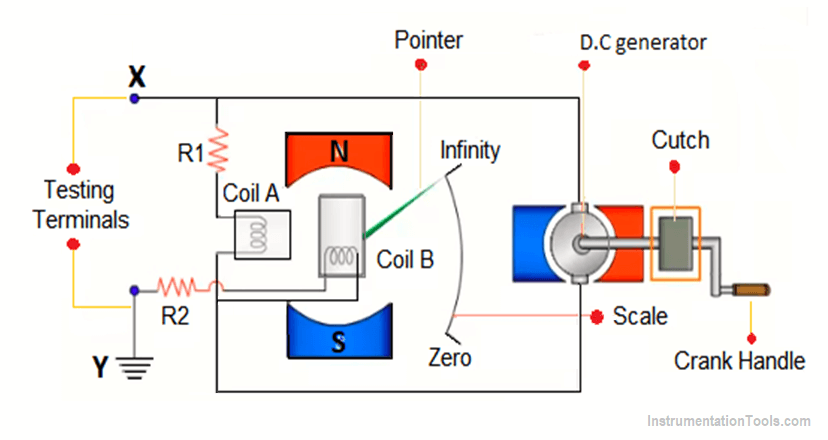
Operation of Megger
The megger is designed in such a way that the needle floats freely till the generator is operated. When the generator is not operating, the needle may come to rest at any point on its scale.
The megger is used to measure a high quantity of insulation resistance. The high resistance may be between the windings of a transformer or motor or between the conductor in a cable and the conduit or sheath enclosing the cable.
If the test leads connected to the line and earth terminals are open-circuited and a hand-cranked generator is operated, the needle moves to infinity. Infinity resistance means that it is too high for the instrument to measure.
If the test leads are connected to each other while the hand crank is turned, the pointer will defect to zero, indicating no resistance between the test leads.
A zero deflection in the above-mentioned test can mean that the conductor under test is touching the sheath or conduit surround it.
Types of Megger
- Hand operated
- Electronic with test button
Electronic megger is provided by a battery. Scale indication is available both in Analog and Digital displays.

Procedure for Testing Insulation Resistance
The motor has three windings, Red(R), blue (B), and Yellow (Y), and body.
Connect the probe of Megger one to the Line(R), and the other to the ground. After connecting the probes press the electronic megger TEST push button or by cranking the manual megger.
If there is no problem Megger should indicate infinite insulation resistance value. If it indicates Zero, it means that insulation resistance cannot withstand heavy currents.
Repeat the process by connecting the probes to the other lines Blue (B) and then Yellow (Y). Check the insulation resistance value so that we can know whether the winding insulation resistance is good or not.
Advantages
- Frequent meggering makes to understand the insulation resistance of electrical equipment such as motor, transformer, etc. thereby we come to know their healthiness.
- Physical damages can be identified, which may lead to electrical shock due to leakages.
Disadvantages
- Hand-driven megger is less preferred over electronic megger because it requires two persons. One for cranking and the other for testing.
- Accuracy varies with cranking the megger.
Precautions
- Never touch the leads while operating, keep a safe distance.
- Isolate the electrical equipment before performing a test.
- Avoid using Megger if any part of it is damaged, as it is unsafe to use.
- Turning the Megger off, and manually discharging circuits on completion of tests is recommended, before touching any connection or circuit.
- Test leads including Crocodile clips must be in a good condition.
Applications
- Continuity test
- Insulation test
- Earth or ground test
If you liked this article, then please subscribe to our YouTube Channel for Instrumentation, Electrical, PLC, and SCADA video tutorials.
You can also follow us on Facebook and Twitter to receive daily updates.
Read Next:


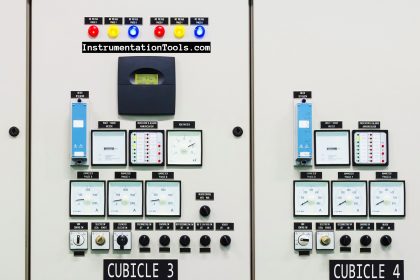
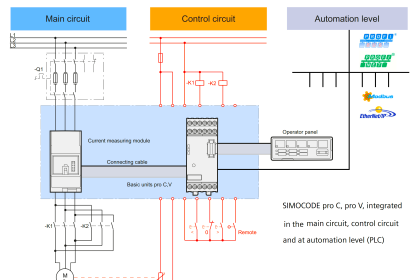

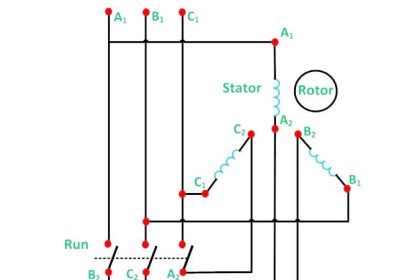
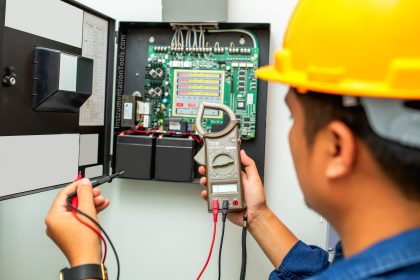



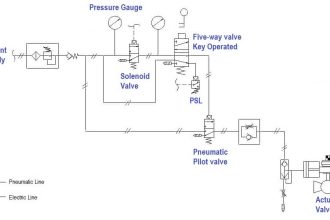

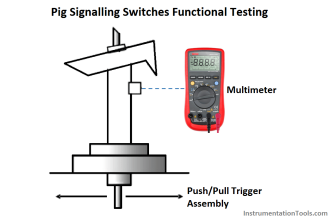

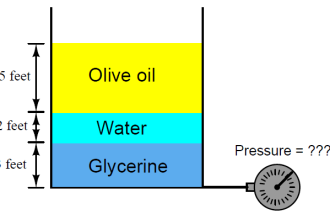


what is the importance of using a megger meter?
Great article..what are the advantages of a hand driven over the digital type?
It will indicate insulation quality of electrical wiring, insulation between 2 coils of a motor.
the importance is that the insulation resistance of electrical insulation equipment get reduce with use or time, so megger plays an important role in measuring the IR value of the equipment, that gives idea for further use of the equipment
megger its a brand of equipment, all are really good